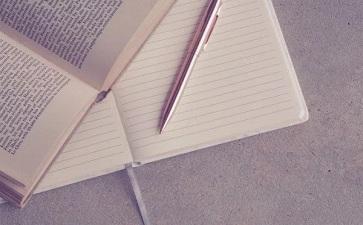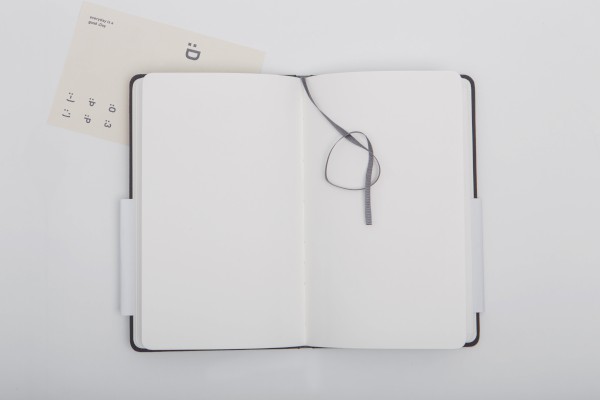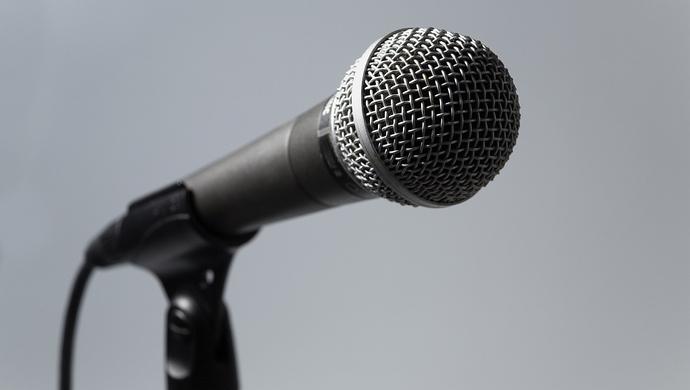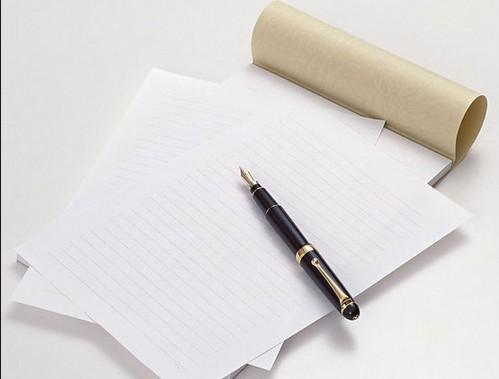Reverberating,Harmony:Ancient,Chinese,Musical,Instruments
by Cao Mengyue



According to the music records in the Book of Rites, ancient Chinese considered music “echoes of the harmony between heaven and earth.” Before the invention of phonographs, it was impossible to preserve audio. However, methods of music performance and practice have been preserved alongside many musical instruments. Development of musical instruments shines considerable light on the history of music. The exhibition “The Sound of Harmony:
Musical Instruments in Ancient China” at the National Museum of China showcases more than 200 precious instruments. The treasures on display trace the evolution of ancient Chinese musical instruments and explain the cultural values of traditional Chinese music such as promoting morality, cultivating individual taste, and entertaining people.
A melodious tone greets visitors entering the exhibition hall. According to curator Zhuge Yingliang, the theme song “The Sound of Harmony” was composed specifically for the exhibition. Throughout the hall, typical ancient Chinese structural designs such as tall platforms, brackets, and screens decorate the interior space to foster a strong classical cultural aura.
According to Zhuge, artifacts from sites of early Chinese civilization, including wind instruments represented by flutes and whistles and percussion instruments represented by bells and drums, are on display. A bone flute excavated from the Neolithic site at Jiahu in Henan Province stands out. Crafted from the bone of a crane, the flute has seven holes. It has a smooth surface and exquisite craftsmanship, and can be used for complex melodies. The accuracy of marks between and above the holes on the flute shows that musical instrument makers back then were able to make accurate calculations.
In the Bronze Age, a culture with a patriarchal system and hierarchy represented by varying rituals and music gradually formed. From the pre-Qin Dynasty (221-207 B.C.) to the Han Dynasty (202 B.C.-220 A.D.), establishment and development of the ritual and music system led to the emergence of more complicated musical instruments such as the bianzhong (chime bells) and the bianqing(stone chimes).
The popular centerpiece of the exhibition hall is a bronze bo (large bell) with four tiger designs from the Palace Museum. The bo is a musical instrument shaped like a bell with a percussive body. Developed from bells but usually larger, it was often played with other instruments such as the bianzhong or bianqing at aristocratic banquets or sacrificial ceremonies.

As the bianzhong and bianqing became important symbols of ritual music culture, stringed instruments represented by the qin (seven-stringed Chinese zither) and se (25-stringed Chinese zither) were also invented. Music became an important part of the spiritual life of Chinese literati. The exhibition features a se unearthed from the No.1 Han tomb at Mawangdui that is now housed in the Hunan Museum. At the time of excavation, both the 25 strings and the arched wooden columns of the instrument were intact in their original positions. Its discovery provided valuable material evidence for the study of ancient musical instruments.

From the Wei and Jin dynasties(220-420) through the Five Dynasties and Ten Kingdoms period (907-960), communication and exchange between the Central Plains dynasties and the surrounding nationalities and countries continued to expand. Foreign musical instruments were widely adopted to celebrate various occasions. Poems, murals, and other works testify to trios playing the huqin (vertical lute), pipa (a four-string plucked lute), and the Qiang flute together. Musical instruments like the ba (cymbals) from the Tang Dynasty(618-907) are also on display. The ba originated in West Asia. It prevailed in Egypt and Syria and was later introduced to Persia, Rome, and other ancient places. In the East, this instrument first appeared in India and then in Central Asia. According to the Record of Emperor Shenwu, the cymbals were introduced to the Central Plains of China in the mid-4th century along with Indian music. During the Tang Dynasty, seven of the 10 pieces of court music used the cymbals, especially banquet music.
The konghou (Chinese harp) exhibits are also big draws. The konghou is a plucked instrument originally created by Sumerians in the Mesopotamian region around 3000 B.C. It was later introduced to Central Asia and India, and then to China from South Asia. Later, Chinese musicians evolved the konghou into a small stringed instrument similar to the harp. By the Sui (581-618) and Tang dynasties, it was commonly used for banquet music.
During the Sixteen Kingdoms period(304-439), music from western China was introduced to the Central Plains on a large scale, which laid the foundation for the accumulation and development of multi-ethnic music culture in China. Figurines of musicians on display at the exhibition offer solid proof. Musician figurines unearthed from a Tang Dynasty tomb in Chayang Village of Xian, Shaanxi Province showcase musical performances in the Western Regions at that time. The costumes, hairstyles, shapes, expressions, and postures of the figurines all capture life in those days.
“This is a themed exhibition we had been planning for a long time, for which we had lengthy discussions with experts,”said Zhuge Yingliang. “It has received support from many institutions.” Zhuge considers the exhibition different from most ancient cultural relics exhibitions because of its objective to help visitors calm their minds, appreciate the beauty of Chinese music, and experience ancient, brilliant and profound Chinese culture from the perspective of music.






